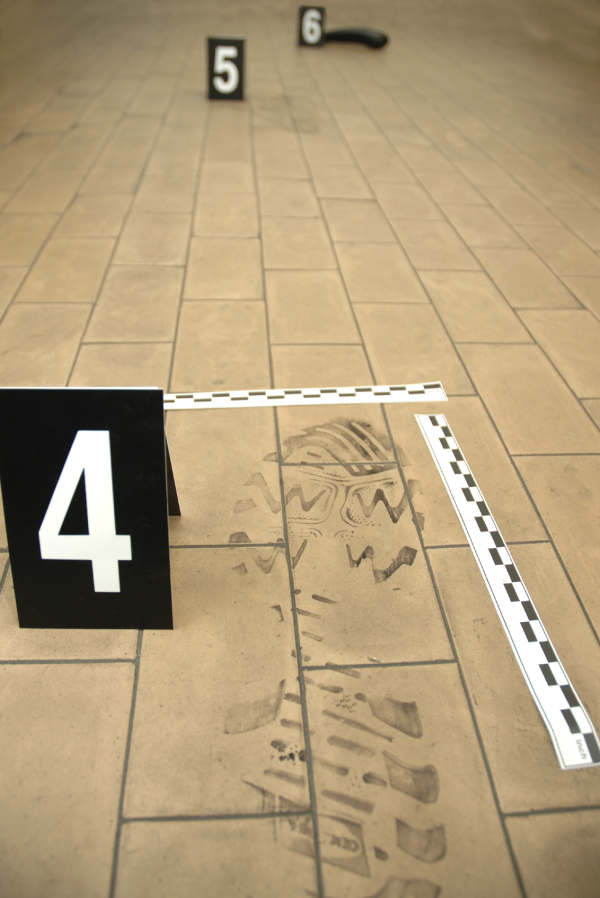
 |
The expectations for an IME report should start with and be based on the objective evidence presented to the expert and the reasonable inferences that can be drawn from that evidence. Without an accurate accounting of the evidence, it is impossible to state with any degree of reliability if the expert’s conclusions are reasonable. This is equally true of favorable and unfavorable reports. For example, if we were unaware that the examinee had a non-industrial injury treated with a meniscectomy, then we would not have any reason to question the expert’s conclusion that the examinee’s total knee replacement related to his work as an electrician.
In any claim there are a limited number of reasonable conclusions that can be drawn from the available evidence. Knowing the claim in depth will ensure that the reader will be able to assess whether the expert’s opinion, favorable or not, is at least reasonable under the circumstances. We may not know exactly what the expert will say but we should be able to figure out the range of possible reasonable responses and how likely each reasonable response is.
To determine the range of conceivable responses, the reader should do his best to remove emotion from the analysis and refrain from making subjective credibility judgments. The first step is to set out the objective evidence. Once the assumptions are drawn out, the reader should analyze how well-supported each is. Then it can be determined how likely each conclusion is to be drawn among the competing inferences. For example, an expert is likely to find a rotator cuff tear to be work related in an examinee who is a painter and performs a significant amount of overhead work. However, if we also know that the examinee is a former college and minor league pitcher who stopped playing baseball near in time to his first medical treatment, we may conclude that it is at least as likely that the expert will attribute the rotator cuff tear to the examinee’s history of pitching instead of his work as a painter. The point is that the reader cannot fairly judge the expert’s opinion unless the reader considers the facts presented to the expert and the reasonable inferences the can be drawn therefrom.
Once the reader has engaged in this level of analysis, he should ask what, if any, additional evidence would make weak inferences strong. As in the example above, if the reader provides the expert evidence of minor league pitching activities (i.e., surveillance footage or witness statements) that would strengthen the likelihood of the expert concluding the pitching was at least in part contributable to the rotator cuff tear.
Conversely, he should consider what evidence, if discovered, would weaken strong inferences. Again as in the example above, if the examinee was a 57 year old who lost his balance while painting a ceiling and hung from scaffolding until rescued, this could have caused the torn rotator cuff.
Considering all possibilities ensures the reader will not be surprised if the value of the IME report changes over time. It also helps the reader to be responsive to new developments by requesting a supplemental or addendum report when necessary.
Do you have any tips or ideas on collecting evidence for the IME expert?
log in to comment
Back to Blog